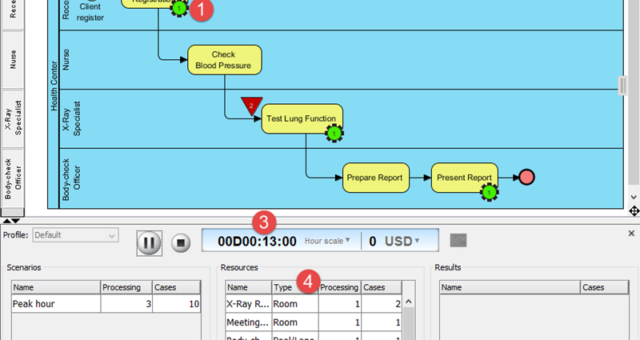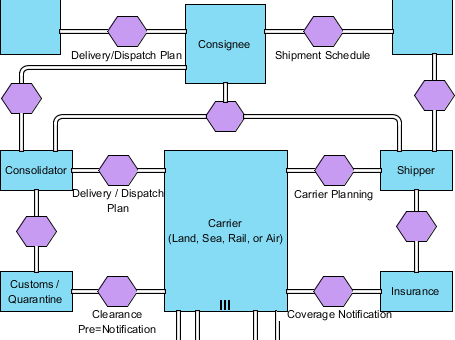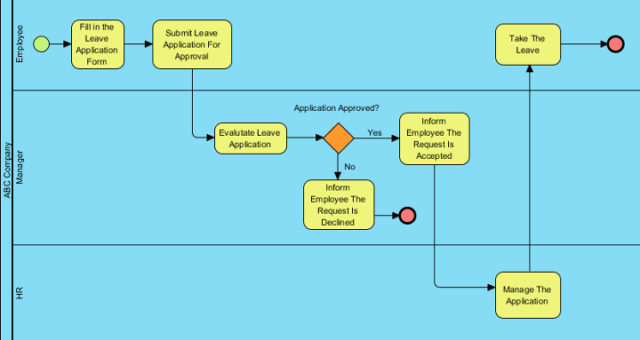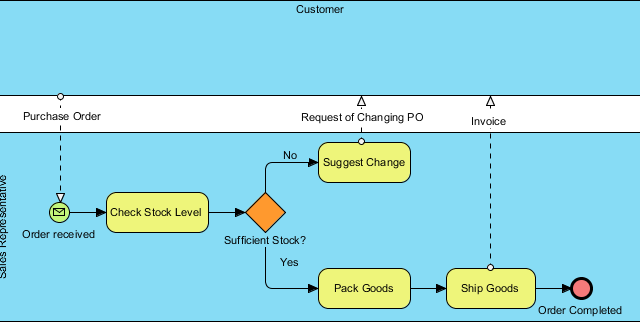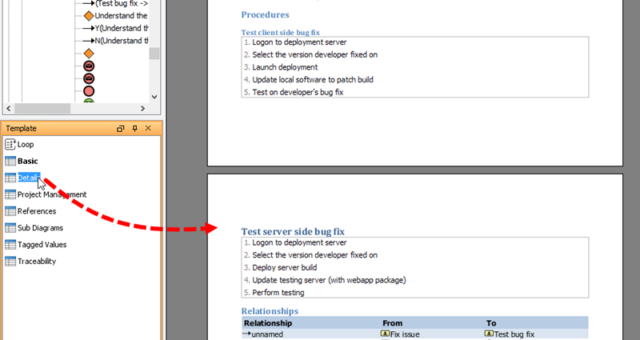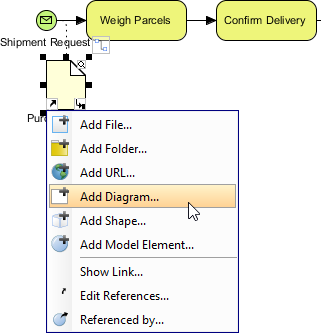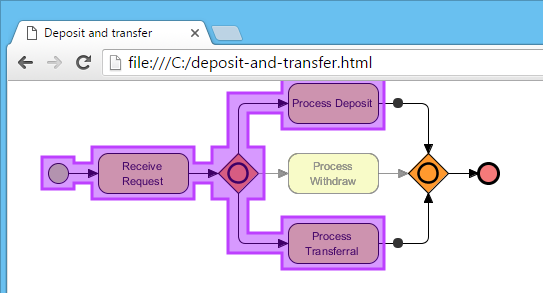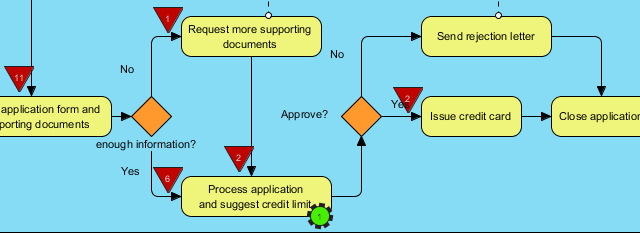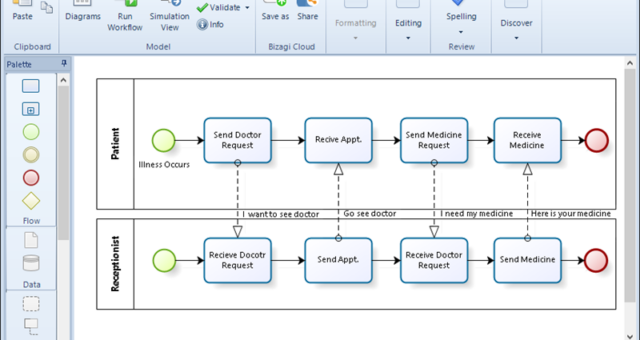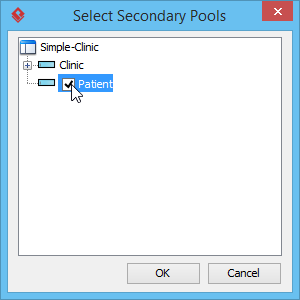BPMN Process Simulation Example
Simulation is a powerful technique that enables business analysts to replicate the execution of a business process and study the resource consumption, such as human resources and devices, throughout the process. By identifying bottlenecks and areas for improvement, simulation can help refine the current business process and reallocate resources for better efficiency. The simulation tool provides visual simulation capabilities as well as functions to generate charts and reports. In this tutorial, we will explore the business process of performing a body check and utilize the simulation tool to identify potential changes that can…continue reading →

